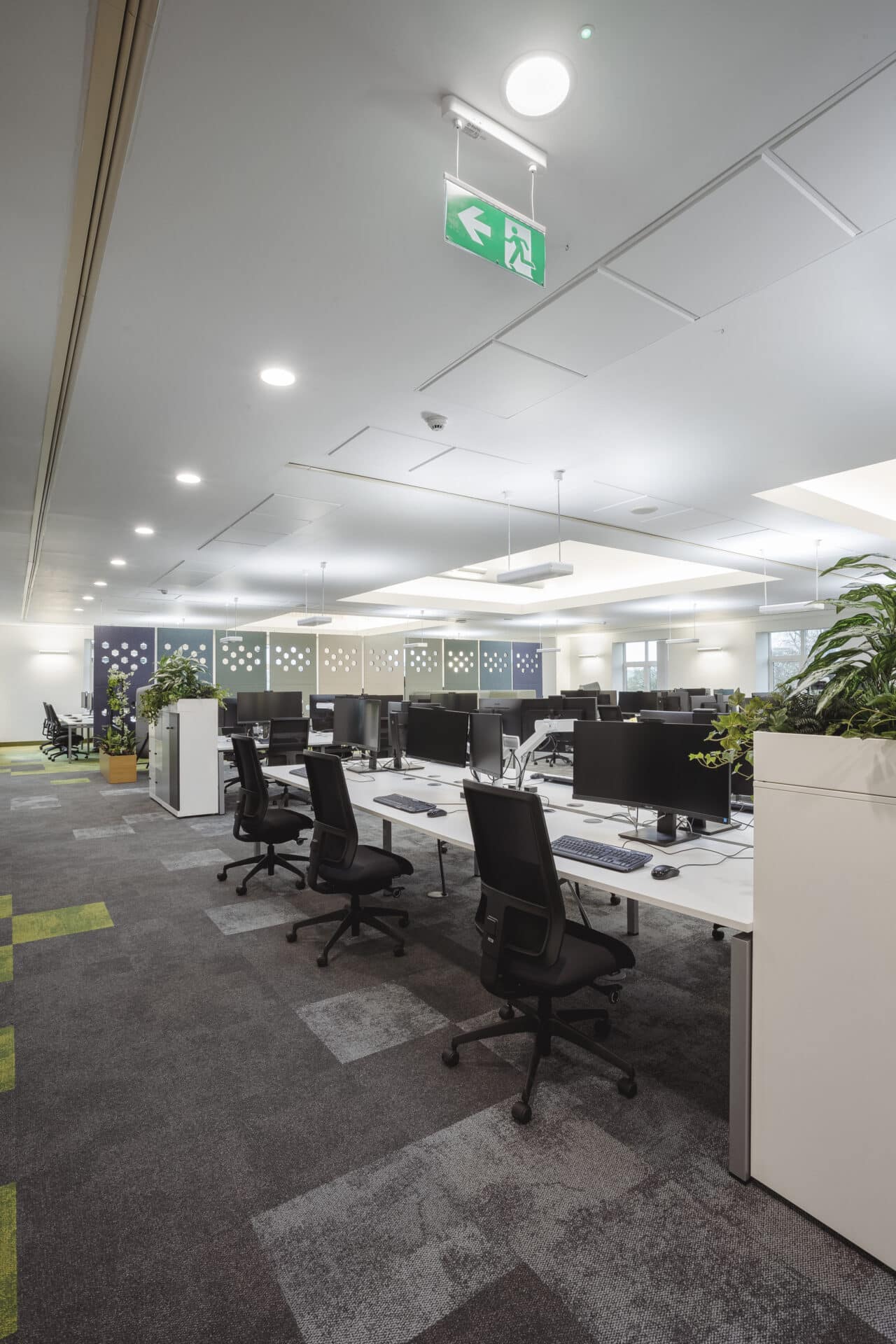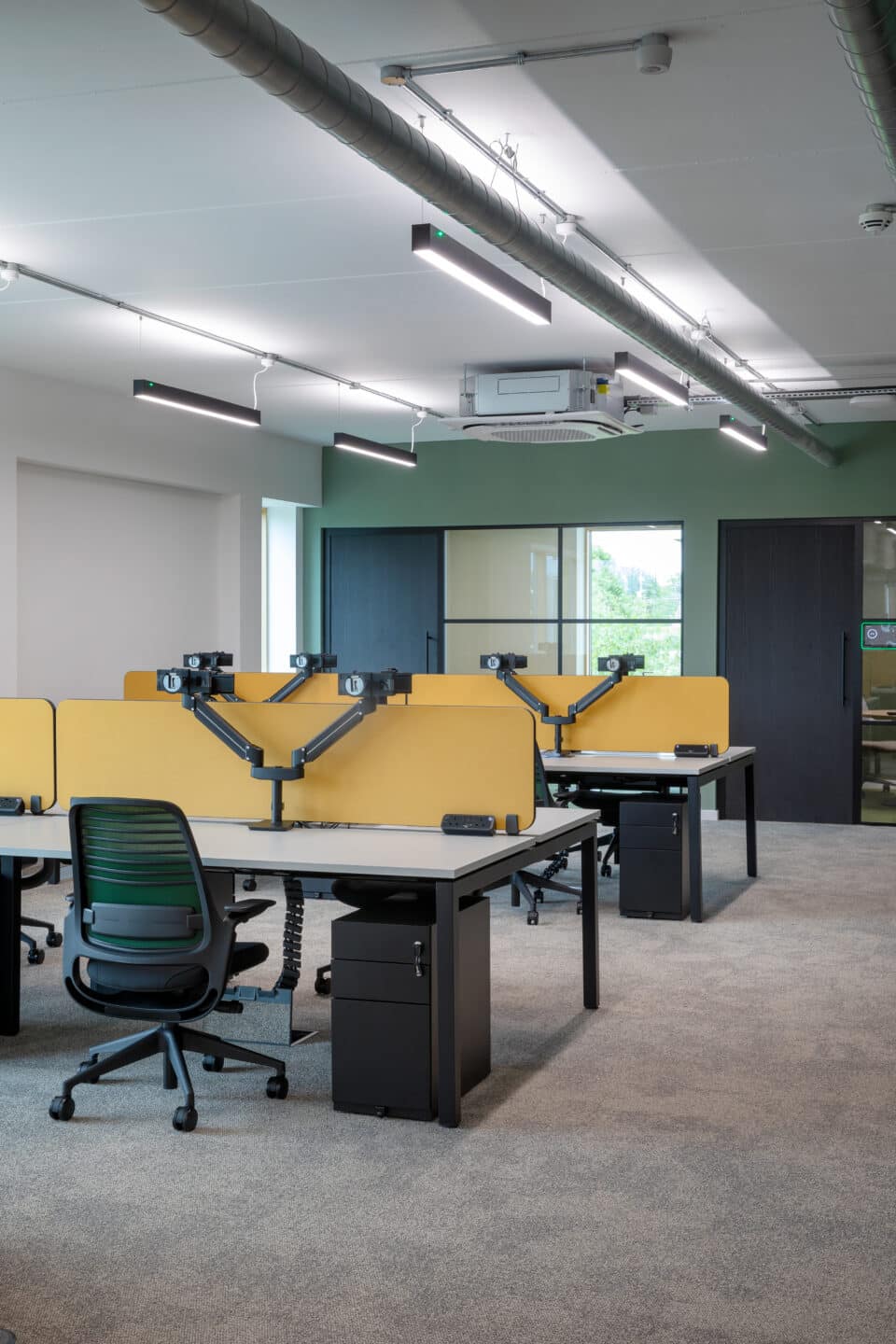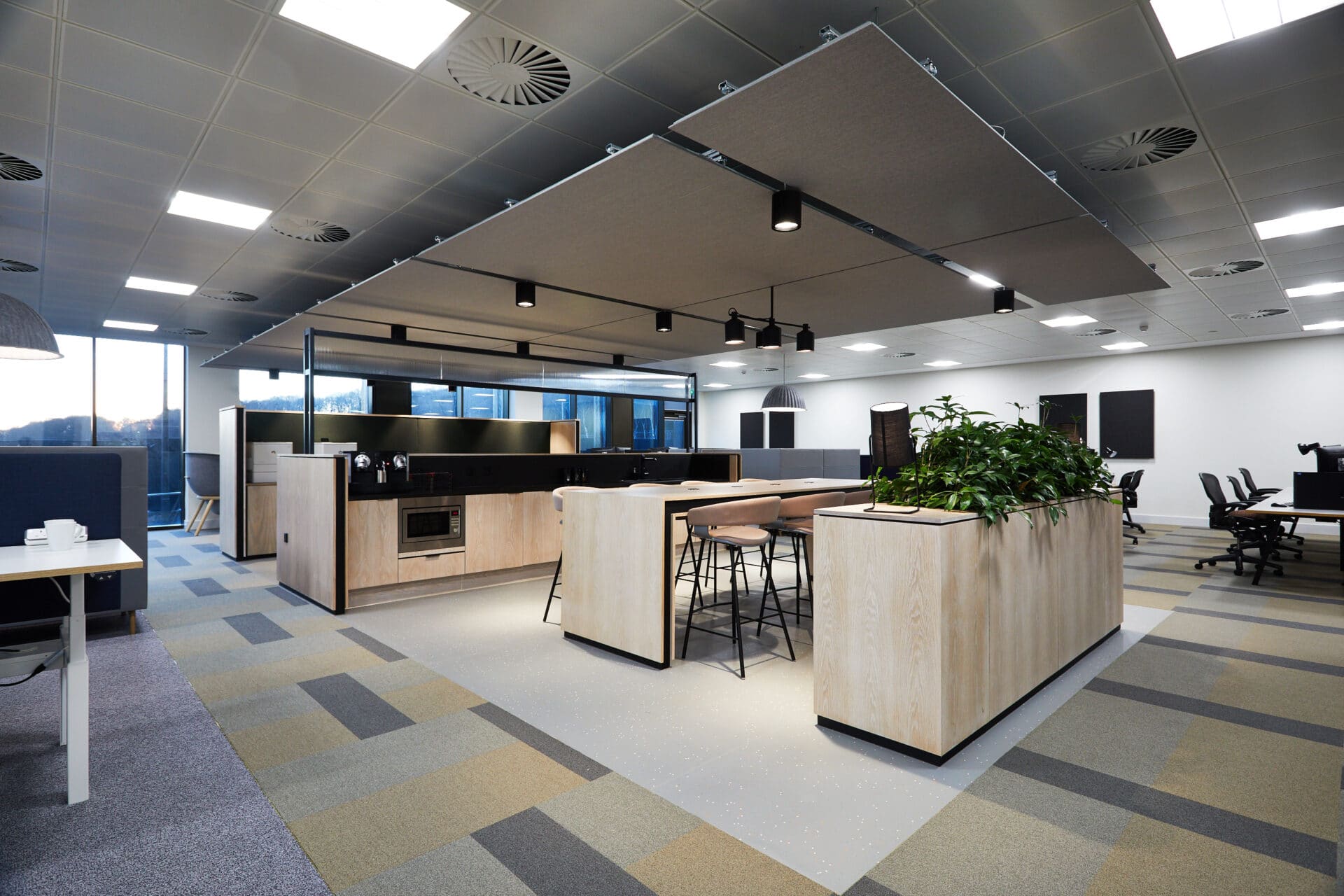Physical ergonomics
Engineering controls, such as purposely designed workstations and chairs, facilitate healthy working by minimising posture issues and related illnesses. Ergonomic chairs conform to the body’s shape, support the spine and keep joints and tissue in natural and neutral positions, but most importantly are customisable to fit each user’s needs. Likewise, the integration of sit-stand desks and office zoning allows users to both move and work ‘smart’.
Posture is defined as a line of gravity and is at the foundation of every movement the body makes. Improper alignment and inadequate support causes additional wear and tear on muscles which can instigate headaches, neck strain and joint pains. Musculoskeletal injuries remain one of the most common reasons for short-term absences, with 52% of respondents listing this in their top three causes in CIPD’s 2020 Health and Wellbeing survey.
Experiencing discomfort at your desk can lead to more distraction and less productivity. Ergonomic fits between person, job task and workstation reduce musculoskeletal stressors, promote blood flow and increase worker comfort; all of which positively impact efficiency and circles back to the discipline’s dual optimisation goal.



